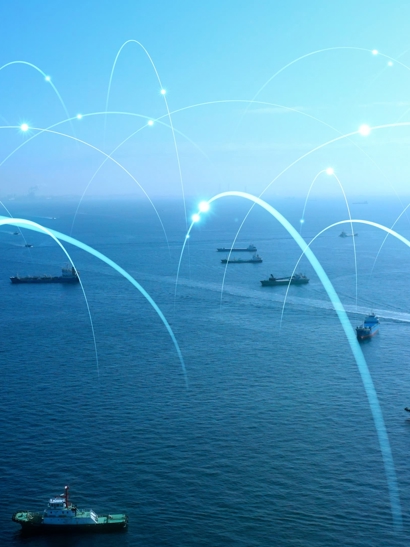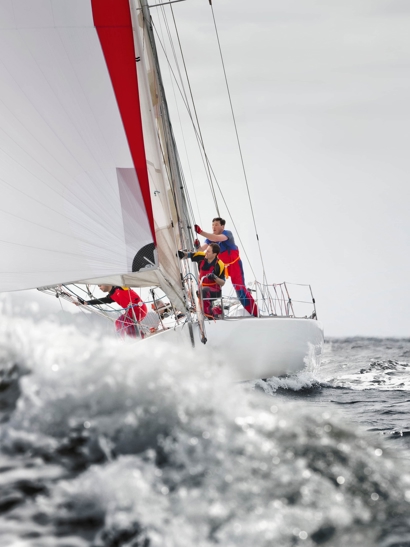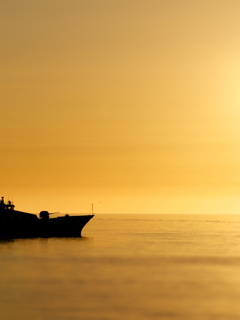
With two management buyouts under his belt and fair few acquisitions to boot, OneOcean chief executive Martin Taylor definitely knows a thing or two about how maritime copes with change, but he is quick to point out that a significant move always starts with questions requiring careful consideration.
“There are always difficult decisions around putting organisations together,” he tells Horizons. “The change process affects us all. You go through the questioning process of whether the move is the right thing to do. There is always the uncertainty about how things might work out, but the skill is in having the perspective to see the benefits of the big picture.”
Taylor was a key player when Kelvin Hughes, the navigation systems manufacturer, was bought out from Smiths Group plc and operated independently as Kelvin Hughes Ltd under part ownership by ECI Partners in 2007.
He then created ChartCo from Kelvin Hughes’s commercial maritime activities in 2010 when that business decided to solely focus on the defence sector. Kelvin Hughes was sold to Hensoldt in 2017 and has since taken its name.
OneOcean was created by the merger of ChartCo and Marine Press in 2019, a move that Taylor described at the time as a union with “a like-minded partner that would complement our own business and expand the offerings to our growing international client base.”
Under Taylor’s leadership and with the support of private equity backer Equistone, the company has become a top supplier of voyage compliance, safety and environmental solutions. Used by more than 16,000 vessels, these solutions enable crew and shoreside teams to work transparently and collaboratively for improved operational efficiency and dynamic decision making.
“The decarbonisation discussion is massive and it’s why I see the blend of LR and OneOcean being so interesting. OneOcean can really help with the short-term efficiency of a vessel and enable that vessel’s management to make better decisions, use less fuel and run more efficiently.”
Taylor has had a lifelong passion for sailing. He came to the shipping industry via a marine sciences degree and cut his teeth as a systems engineer developing the first software solutions for the offshore industry. With the exception of a brief year-long foray into financial software, an experience he describes as ‘dull as ditch water’, he has been a maritime person ever since.
Like many, he has witnessed significant change in the industry during his career spanning three decades, particularly around Electronic Chart Display and Information System (ECDIS) developments, the digitalisation of onboard activities, and the advantages of connected systems.
However, he believes the challenges around the energy transformation will dwarf what the industry has experienced before. "The decarbonisation discussion is massive and it’s why I see the blend of LR and OneOcean being so interesting. OneOcean can really help with the short-term efficiency of a vessel and enable that vessel’s management to make better decisions, use less fuel and run more efficiently.”

Anyone who has met Taylor, who will join the LR executive leadership team now that the acquisition is complete, will testify to the fact that he is not short of energy, believing that it “doesn't matter what you do. The more energy you put into it, the better the results.”
And there is certainly no questioning his enthusiasm for the industry or appetite for success. So, what will this acquisition mean for LR’s digital solutions in the future?
“With over 22,000 vessels using our combined solutions, the acquisition of OneOcean will propel LR to the position of a leading digital player in the maritime industry. It will enable our clients to make better commercial day-to-day decisions, reduce risk, improve operational efficiencies and, critically, meet complex maritime regulatory requirements,” comes the answer, without a moment’s hesitation.








